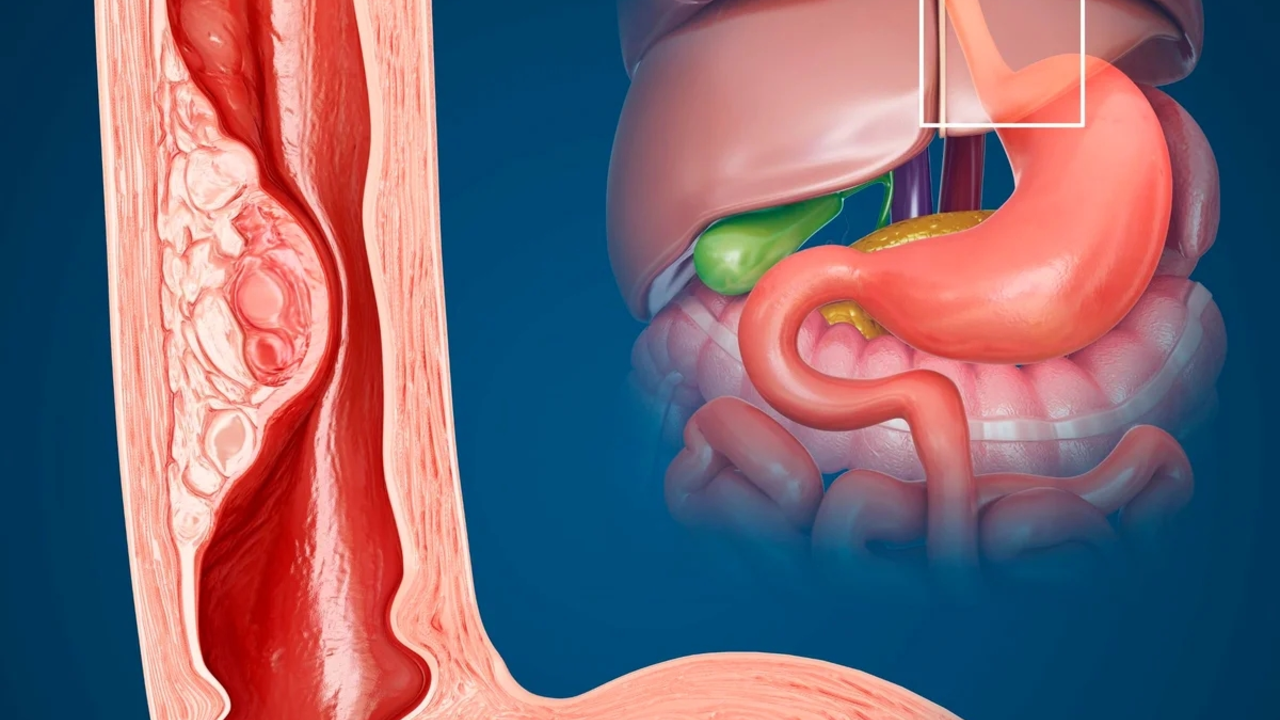Manage Erosive Esophagitis — Clear Steps to Heal and Feel Better
If your throat or chest hurts after eating, or you’ve had heartburn that won’t quit, erosive esophagitis may be the cause. That’s when stomach acid damages the lining of the esophagus. You want clear, useful steps you can take now — not medical jargon. Here’s a straightforward plan for managing symptoms, promoting healing, and knowing when to get urgent help.
Spotting the problem and getting checked
Typical signs include burning chest pain, acid regurgitation, pain when swallowing, or even minor bleeding. If you have trouble swallowing, vomit blood, or lose weight without trying, get medical help fast. A doctor may order an upper endoscopy (EGD) to look at the esophagus and sometimes take biopsies. That tells you how severe the damage is and rules out other causes like infections or Barrett’s esophagus.
Everyday changes that make a real difference
Small habits add up. Lose weight if you’re overweight — even 5–10% can help. Eat smaller meals and avoid lying down for two to three hours after eating. Raise the head of your bed 6–8 inches or use a wedge pillow so gravity keeps acid down. Skip trigger foods: spicy meals, tomato-based dishes, citrus, chocolate, peppermint, caffeine, and alcohol. Quit smoking — it relaxes the lower esophageal sphincter and slows healing. Try not to eat within three hours of bedtime.
For quick relief, antacids or alginate products (like Gaviscon) can coat the acid and stop reflux for a few hours. These don’t heal damage but help symptoms while other treatments work.
Prescription meds are often needed. Proton pump inhibitors (PPIs) — omeprazole, esomeprazole, pantoprazole — are the main treatment. Take a PPI 30–60 minutes before your first meal for best effect. Most people need an 8-week course to heal erosions. If symptoms persist, doctors check whether you’re taking the medicine right, consider increasing dose, or reorder an endoscopy.
H2 blockers (like ranitidine alternatives) give milder acid control and may be added at night. Sucralfate can coat the esophagus and support healing in some cases. If an infection causes esophagitis (rare except in immunosuppressed people), antibiotics or antifungals are used instead of acid drugs.
If meds and lifestyle changes don’t work, ask about surgical options. Procedures like fundoplication or the LINX device reduce reflux long-term. Your doctor will discuss risks and realistic results.
Follow-up matters. Repeat endoscopy may be needed for severe cases or if symptoms return. Keep a symptom diary — note foods, timing, and what helps — and share it with your clinician. That makes treatment changes faster and smarter.
If you notice heavy vomiting, black stools, fainting, or sudden trouble swallowing, seek emergency care. For most people, the right mix of habits, medication, and follow-up brings real healing within weeks to months.

How to Manage Erosive Esophagitis Symptoms at Work
Jun 28 2023 / Health and WellnessManaging erosive esophagitis symptoms at work can be quite a challenge, but with a few tips, it's doable. First, it's important to stick to a diet that minimizes acid reflux, which means avoiding spicy and fatty foods, and having smaller, more frequent meals. Drinking plenty of water helps too. It's also crucial to take breaks and avoid stressful situations as stress can worsen symptoms. Lastly, always have your prescribed medication on hand and take it as directed by your doctor.
VIEW MORE